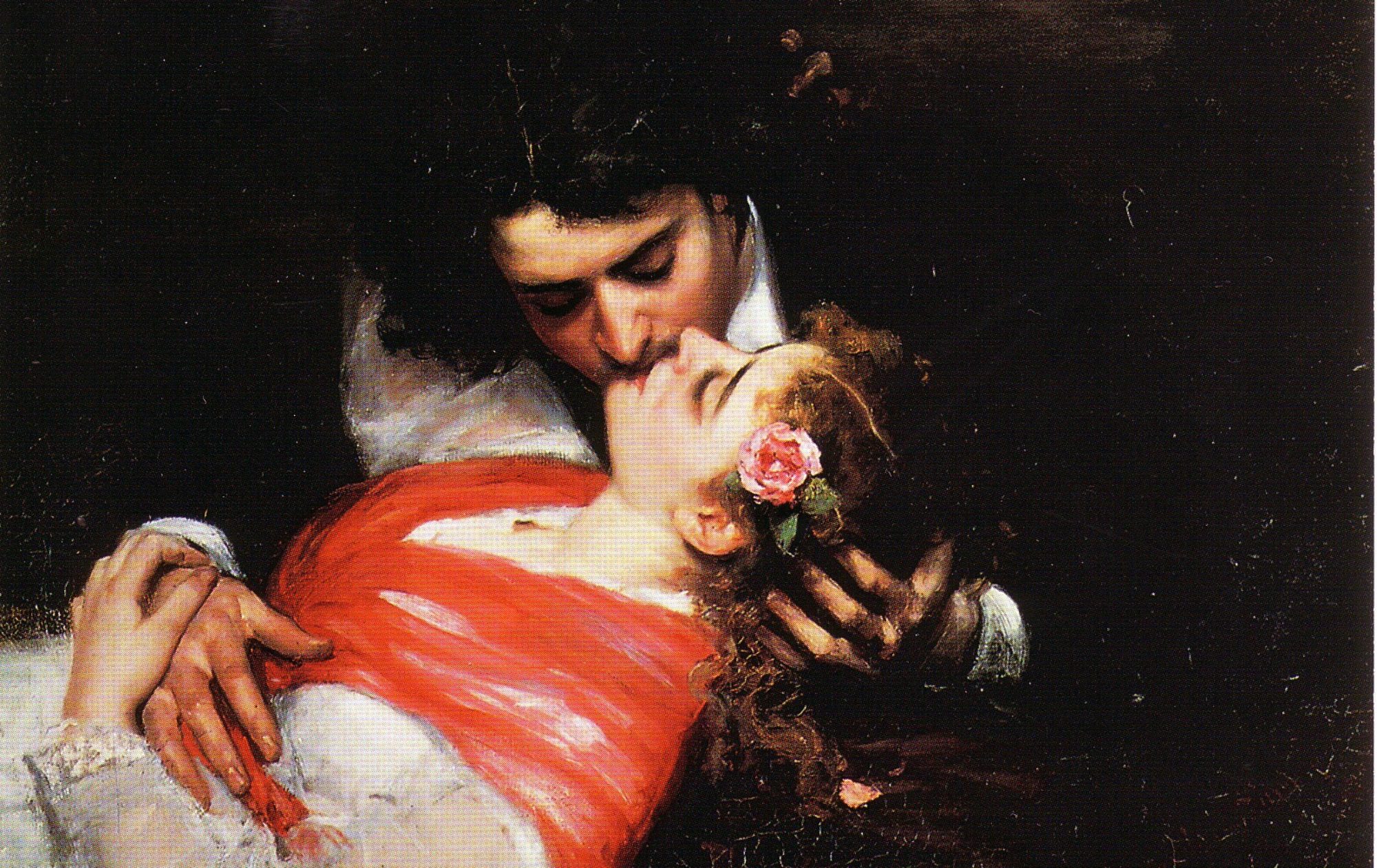So, you sit with a pen in your hand and a blank Valentine’s Day card before you. But you just can’t think of those special words to express your true feelings for your beloved. Have no fear, The Mystery of Love, Courtship and Marriage Explained, 189o has come to your rescue. This book is filled with great advice and sample letters just for you and your special circumstances.
Let’s get started:
Love Letters: It is almost impossible to lay down rules for writing a love letter. Some young gentlemen make themselves very ridiculous with their pens. They overdo the thing. After you are engaged to be married, it is best not to be too sweet upon your sweetheart, or she may become disgusted. Before engagement, she will perhaps bear a little soft-solder or highfalutin, if not laid on too thick. But not put too many adjectives in your letters, and as a general rule avoid the repetition of endearing terms. One dose of adulation is quite sufficient to give at one time. If your sweetheart is a sensible girl, she will make wry faces even at that. The generality of the sex, however, love to be loved, and how are they to know the fact that they are loved unless they are told? To write a sensible love letter requires more talent than to solve, with your pen, a profound problem in philosophy. Lovers must not then expect much from each other’s epistles. As the object of this little treatise is to aid young men in their courtships, we will give a few specimens of letters that may be written to bring about an understanding between would-be contracting parties. Also forms of answers to the same where young ladies desire to return their autographs:

The following letter may be written by a young man who has shown a partiality for the society of a lady, but who has not had the courage to tell her that “he adores her.” If she accepts him under such circumstances, she will consider herself as good as engaged to be married.
Tuesday Afternoon.
Dear Miss Thorne:
I hope you will forgive me for presuming to write to you without permission, for I assure you it is with reluctance I take up my pen, But I feel that I must reveal to you my feelings and my hopes. Trusting that my attentions have, in a measure, prepared you for a demonstration of some kind as regards the future, I now throw myself at your feet, and ask your love! If I know my own heart, it has an unalterable affection for you. Can you, and will you respond to it? I will be with you this evening, when I hope to be greeted with loving smiles of approval. Adieu till then,
H. Seymour.




